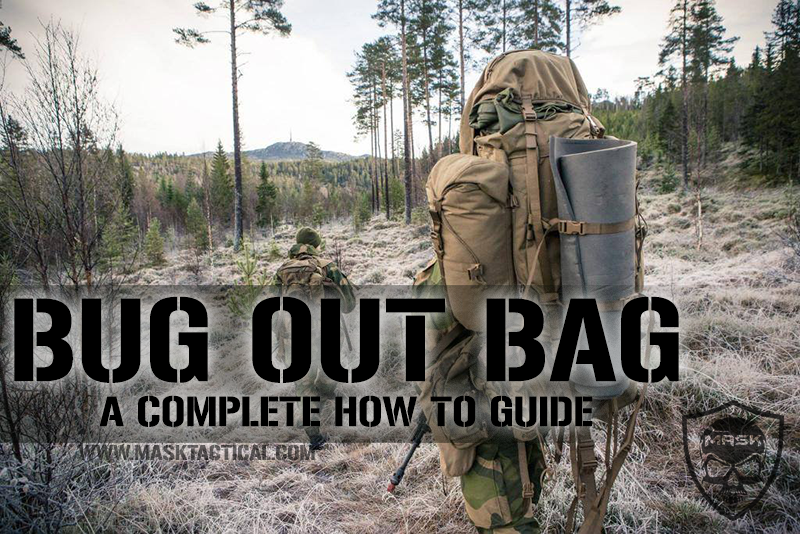
Bug Out Bags! They are one of the hottest topics of discussion now-a-days, but are people making them right? Is your bug out bag really built how it should be? Well, the truth is, probably not. In fact, most people have the idea of a bug out bag completely backwards.
In this post I will tell you what you need to know about how to build your own bug out bag, and how to do it the right way. People tend to think that grabbing any bag they think looks “cool” or just getting a huge pack in general, and loading it down with all kinds of fancy gear is going to save their life. Well, there is more to it…a lot more.
THE ESSENTIALS
- Food – Fuel for the fight.
- Water – Getting clean drinkable water.
- Cooking – Processing your food & water.
- Shelter – Protection from the elements/ concealment from enemies.
- Types of Gear – What to bring.
- Protection – Knives, guns, and other means of self protection, including first aid.
- Packing – How to properly pack your bag, and stay tactical.
- Practice – Testing your pack to be survival ready.
- Choosing the right bag – What type of B.O.B. best fits your needs.
FOOD, WATER, & COOKING
Food
When you are thinking of food options for your survival pack, you want to think about the length of time you are going to want your pack to be able to ideally last you. Most people go off of 2-3 days, which is a good base, and I would personally recommend having 3 days worth of food options.
If you intend on staying bugged out for longer periods of time, you may want to go heavier, however bug-out mode is not something you want to stay in for a long time. It puts you at risk when it comes to survival. Hence the name bug-out, its basically a means of survival if all other options fail or become obsolete. So have an end game plan when it comes to bugging out. Have a destination to set up base.
When looking for food options you also want to think about the weight, and how the food is prepared. Wise company foods are great for long term shelf life, and are a good prep to have (For home/bug IN survival). Their foods do require boiling water to prepare though.
From a tactical standpoint you want to have things at the ready that you can eat without having to take loads of time or resources to make. My suggestion is military grade MRE’s. Military MRE’s come with a small heater pack that is very light, and compact. All it takes is water. You simply pour it in the bag and it reacts with the heating chemicals inside the bag and you put your meal down in it and it heats it up simple as that.
On another note, if you don’t have time, or if you don’t have water. The meals are still very edible without heating up, they are all ready prepared to eat. There is no need to cook them if you cant. Also, most MRE’s, are about 1300-2000 calories.
You can also check out Wise Companies Prepper Packs
If you are out of food supplies it will come down to your knowledge of wild edible foods, hunting, trapping, and fishing abilities. So it would be wise if you started training on that stuff before hand. You will want to learn how to process and prepare the game you kill, or make sure that plant you just ate isn’t going to poison you.
Depending on the scenario, you can also start to consider looking at other options such as going on a supply run into a nearby town or residential area in hopes of finding more food or water. Just be prepared for the dangers of going this route.
Water
When thinking of options for water supply in your pack you need to think of how important water is in the first place. Water is used for everything. From cooking your food, to washing your body, to keeping you hydrated. Water is the key to your survival. I can not stress this enough. A good option is to get a hydration bladder such as a Camelbak. You can also consider a metal flask or canteen. Metal is better because you can cook it directly on the fire to purify your water and cook foods.
There is no need to pack 3-4 water bottles, and a canteen. Hydration bladders are the way to go. The reason is, it is 1 unit, and they hold a large amount of water. They have a hose that you can snake down your pack to make it tactical so you can drink on the go without having to stop and take something out of your pack.
You also want to consider what your going to do when your water supply runs out, because it will. If you’re keeping yourself hydrated you will drink a whole bladder worth of water in a day for sure. So you will need a resupply option. If there is not an easy clean water option near you, you will need a way to catch water and purify it. There are many ways of doing water purification, such as fire, straw filters like the Life Straw or Sawyer Filter, filtering through bandannas, solar stills, purification tablets, and many other options.
Cooking
There’s primitive methods for just about everything when it comes to survival, but if you want to be moderately comfortable you’ll want to bring a long a solid cooking set with your bug out bag. You can run light weight, and go with a simple canteen cup, or you can go the way I personally like to go, and that’s with a full set. It’s just much more efficient to have everything you need to cook your food and purify water easily. Here are some other good sets.
SHELTER
Shelter options are something you can implement on the go from your knowledge, or you can plan ahead and equip your pack with means of a shelter also. When picking shelter options you should really consider what elements you would possibly encounter, how well you need to be concealed, and how heavy and complex it will be.
In a survival situation you’re going to want something very tactical. Something that is quick and easy to set up, and something easy to conceal. At the same time you need something that will keep you protected from the elements.
I am a big fan of primitive shelters. Reason being is because there are a lot of options. It will also cut down the weight of your pack if you’re not trying to lug around a tent. So I advise learning the primitive methods of shelter making, and utilizing smaller, lighter weight items to improvise with. Such as a tarp or milspec poncho.
Pack weight is a big deal, you never know how far or long you will need to move in a survival situation so you don’t want your pack to weigh 200 pounds. Your shelter can add some serious weight to your pack and most people think it’s an essential, its not. Think about it…do you REALLY need a winter insulated sleeping bag, wet weather tent for 2, and a bug net? No, you don’t. You need what you can survive with.
My suggestion is a very light sleeping bag if you like the sleeping bag. Something based for the summer time. Such as this Snugpak Lite Mummy Style Sleeping Bag They are thinner, and lighter than a winter bag. Unless you don’t mind the extra weight. You want one that is water proof or has a cover so you don’t get wet on the inside. If you go with a tent make it a small compact one that’s also easy to set up, such as the Snugpak Ionosphere, or Scorpion if you need more room.
In all keep in mind, you can still survive without shelter (If your smart). There are TONS of ways to improvise shelter without any tools or fancy tents and bags. Going this route will also save you space and weight in your pack that you could use to store more food and water, or protection items.
While these light weight sleeping systems may not always keep you super warm if its cold out, they will keep you warm enough to survive, and that is the goal right? Your goal is not to be the big target in the huge 4 person tent with a solar powered hot dog roaster.
TYPES OF GEAR
Fire
Fire is a crucial element of survival. It can be a method for purifying your water, cooking your food, keeping you warm, signaling for help, etc. It can even keep the bugs away. It’s wise to always have at least 3 methods of starting a fire, as well as having the knowledge to make a fire with primitive methods such as the bow drill, sun and magnification, etc.
Cold Weather
Being hot is normally just uncomfortable, but being cold can be painful, and it will also slow you down. Fighting the cold can be a difficult battle, but there are options to stay warm.
- Wool blankets
- Extra layers of clothing
- Insulated socks
- Windbreaker jackets
Another important factor to remember is that our bodies lose a massive amount of heat that escapes from the head. So it’s a good idea to find a good piece of head gear even if it’s just a simple hat. I like to wear a boonie hat because it gives me 360 degrees protection from debris falling on me, and also snow or rain.
Wet Weather
The evil ally to cold weather. If it’s cold out to begin with, the last thing you want to happen is to get wet. So staying dry is key if you want to avoid being to cold to move, or get hypothermia. Make sure most of your gear is also water proof or resistant if it can be.
- Poncho
- Tarp
- Waterproof material for bags and clothing
- Dry bags for your gear & clothing in to keep dry.
- Waterproof boots & gloves
- Waterproofing Sprays for your gear
Light Sources
When you’re in the woods at night or in a building or area in general that doesn’t have good light it can be difficult to maneuver. Being able to have a light source when needed is a critical thing.
- Flashlights
- ChemLights
- Headlamps
- Spare batteries
Other Items To Consider
(Remember, its about survival, and survival only. Don’t pack unnecessary items)
- Paracord
- Survival Books
- Write in the rain notebooks
- Hygiene kit
- Small cookware
- Zip ties
- Knife sharpener or a survival knife combo like this Mora Bushcrafter Kit
- Gloves
- Solar Panel chargers
- Small handheld crank or solar radio
- Carabiners
- Cutting Saws
- Machete
- Compass & map of your area
- The MASK “Badlands” camp axe & other primitive wood working tools
- Knives
- Multi-tools
- Binoculars
PROTECTION
Weapons
When it comes to protection in a bug out survival situation, it starts with having good hand to hand CQB combat training. It’s always best to learn a martial art, or all of them. I personally train Brazilian jiu jitsu, boxing, and kick boxing. If it comes down to having no weapons, you should be comfortable with your own ability to take down a human threat.
Guns, and knives are the best forms of protection items you can use. Pistols are easily concealed, and ammo is easily stored, just watch out because ammo does get heavy. Rifles are also good, especially if you have an Eberlestock G4 Operator Pack, or any other pack designed to conceal a full size rifle.
You will also want to have a good survival knife. Something fixed blade and straight edged is ideal. Serrated edges are cool, but not very practical in most situations. If you plan to be in the wilderness, straight edge is the way to go.
On top of that I recommend having at least 1-2 back up knives in your bag. I personally carry 4 knives. 1 Survival Knife, 1 assisted release pocket knife, 1 backup folder, and 1 multi-tool that has general tools and blades. Here’s what I carry. Relatively cheap, and very effective. Also, these are not just defensive weapons. Your knife will be your most utilized tool in the bush.
- The Mora Bushcraft
- The Gerber Strongarm
- The Sog Tanto (This stays in my pocket)
First Aid Kit
First aid knowledge will take you a long way. A good first aid kit in your pack will be good for being able to help others with aid to injuries, and also your self. In the military it’s common for the medics to treat you with your own IFAK (Individual First Aid Kit) instead of their own.
Overall I recommend custom building your own trauma/first aid kit and mold it to your preference because you may have some special needs. There may be things you need more or less of, and things you may not need at all. You can be the judge of that. There are some great pre-made first aid kits out there though.
Also, some good things to do are sew on a RED pull cord to quickly open the kit (most kits have this feature already) and also mark your kit with a red cross patch or something to identify it to be your first aid kit. The last thing you want is someone trying to go through your bag to find your first aid kit and not be able to find it amongst all your gear.
HOW TO PACK
Versatility
So you’re probably wonder what this means. The versatility factor of your pack lies within how you pack it. I stress the word tactical because it is a big deal. Having things packed in such a way that little movement is required to obtain the items you need.
You want to place things in spots where they can be readily available. Having a good bag layout can save your life. So sit down and structure your packing plan by priority of item. This also comes into play when picking out the type of pack you use. You want something that gives a wide variety of options. Something that has molle webbing, and a place for everything would be ideal.
Packing
When Packing any bug out bag to be carried for extended periods of time the most crucial aspect of it is to get your weight where it needs to be. You want your packs weight to be centered and high on your back, and also close to it.
This is because when the bag is on your back, it’s obviously going to pull your body backwards. So in effort to reduce the strain the pack puts on the body it makes more sense to pack the heavy things centered and as close to the rear of the pack as it can be to keep it closer to your body. If it’s packed with the heavy portions on the outside it’s only going to pull on your shoulders harder.
You also want to consider packing items essential to the time of year you are in. If it’s summer time, you obviously wont need a huge wool blanket and insulated socks. If it’s winter, you may need more fire starting methods, and extra clothes.
CHOOSING THE RIGHT PACK
When choosing your pack I have found it much better for you to get the items you need for your mission before picking a pack. A problem most people have especially men is that we naturally think we need more than we do. So don’t go out and buy a pack and just fill it up to fill it up. Make sure the items you have are essential to survival.
When choosing a pack you want to first think about the environment you are in. If you are typically going to be bugging out in a rural area then you would be better suited with a woodland style camouflage or an earth colored pack. If you are in an urban environment go with a black, or urban camouflage pack. Overall choose your pack color to the environment you are majority of the time going to be in. I personally don’t like black, but a lot of people do. I don’t like black because it’s not a color that naturally occurs in nature, and I think when it comes down to survival, You’re best suited with a pack that works well in both environments. So I personally like an earth tone pack.
Some other things to consider are the tactical aspects of a pack. The purpose of this pack is to save your life in a survival situation. It’s not intended for EDC (Every Day Carry). So pick a pack that has many options for attaching pouches or one that has a lot of organization and storage features. Here are just a few options.
Pack Frame
The frame of your pack is going to depend on how long you’re planning on using it. Bug out bags can be for short term survival, and long term. So your choice on that dictates whether a frame is necessary or not. There are two types of pack frames, internal, and external.
External frames are going to be stronger and provide more stability, but be careful they can add a lot of weight. They can also be a little noisy. Internal frames can be lighter weight, take up less space, and provide a good amount of comfort for carrying a big load.
So your packs weight, and distance you plan on carrying it will determine what type of frame you should ultimately go with. If your bag is not meant for long term survival at all then you may choose to go with a smaller pack and no frame. It all comes down to personal preference.
PRACTICE
I can not stress enough on this. You have to practice! If you do not put your body through the tests, and test out your bug out bag to make sure you have what you need. Your body/mind will not know how to react in certain situations, unless you practice.
You should go out in the woods with your pack and survive off it and your skills for 3-4 days minimum. See what you can do. That way you will know what your bag is missing so you can fix it, and you will always stay on your toes. So when SHTF, you will be ready to react and it will not seem like you are venturing off into something new.
I hope you enjoyed this post, and gained some valuable knowledge from it. You should have a Bug Out Bag for everyone in your family. Just make sure you build them, and don’t buy the ready made bug out combo packs you see on the market. Take your time, and customize this pack to your mission. I promise you will be glad you did.
Our objective here is to provide higher caliber resources and information that enhance your preparedness in all aspects. If you’re enjoying the content you get from MASK and want to help support our mission please consider becoming a member of our elite community that we call the Warrior Tribe.
Comprised of those most serious about preparedness, our Tribe will help you take your survivability to the next level through active training, accountability, and advanced resources. Our organization is rapidly growing and we would love to see you become a bigger part of it.
As always thanks for checking out our blog! If you found value in this article we would greatly appreciate a share. Remember to SUBSCRIBE to our YouTube Channel so you never miss any new videos, as well as come join our FREE Facebook Group “Mastery of Survival” if you’re not already a member!
You can check out and follow all of our other social media pages here on our Clyxo page. 

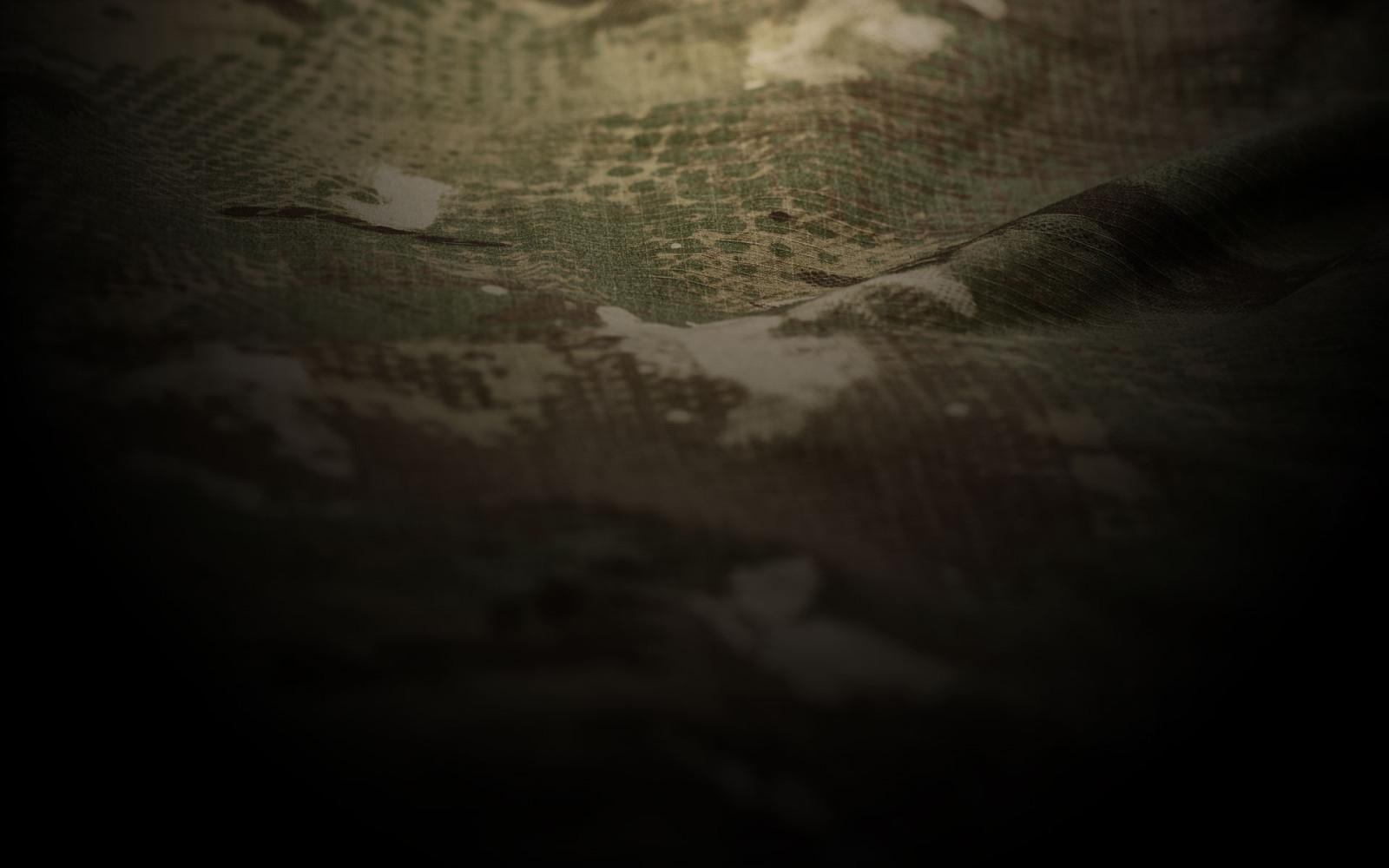
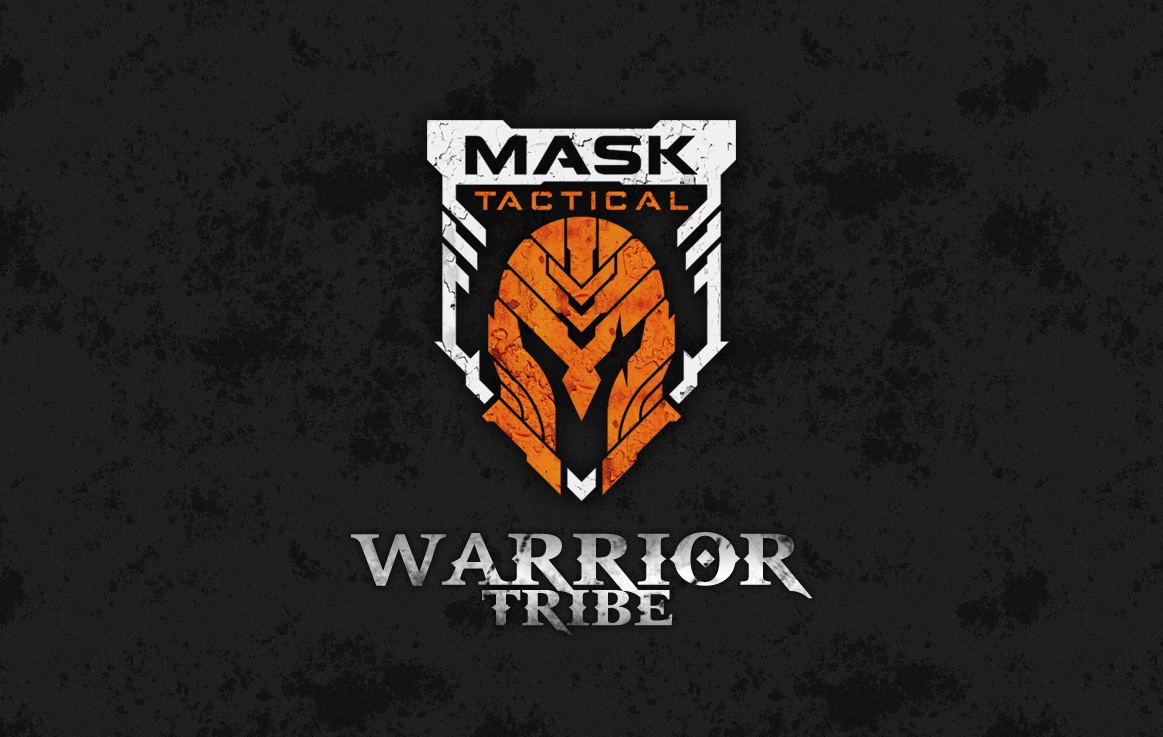
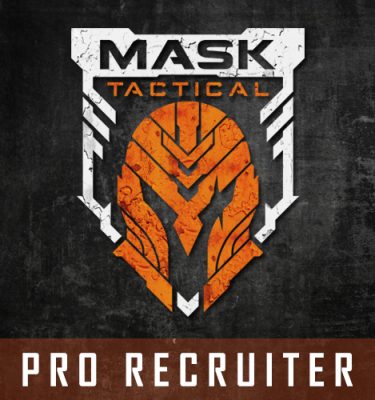
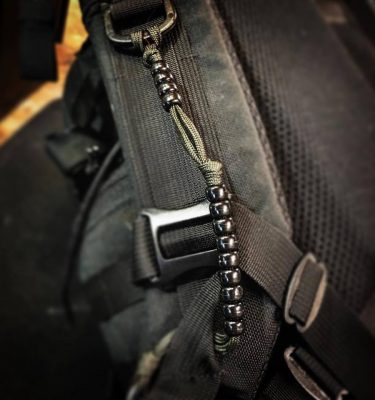
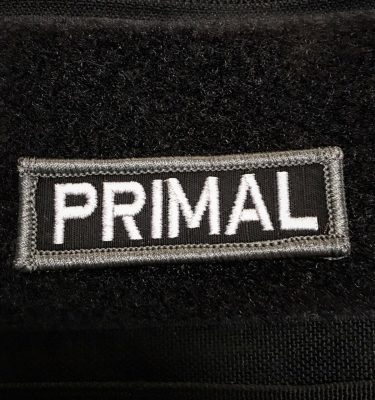
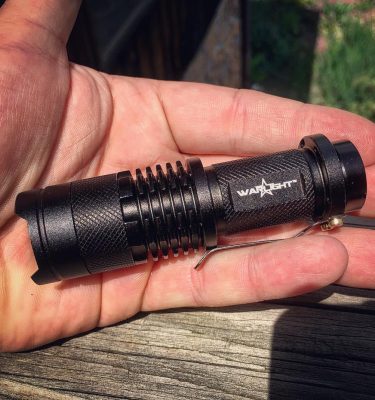
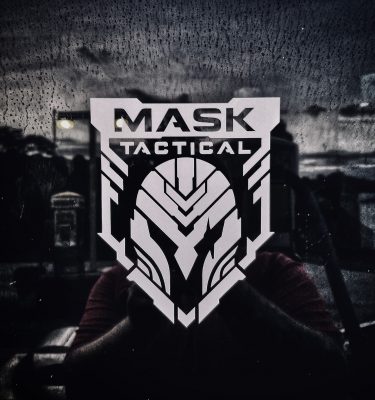
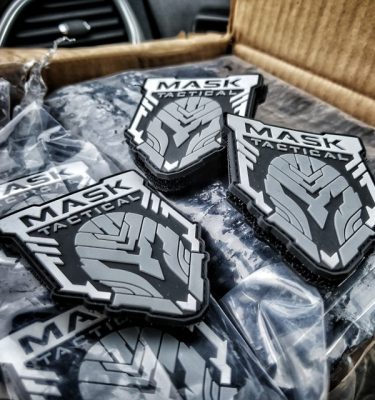
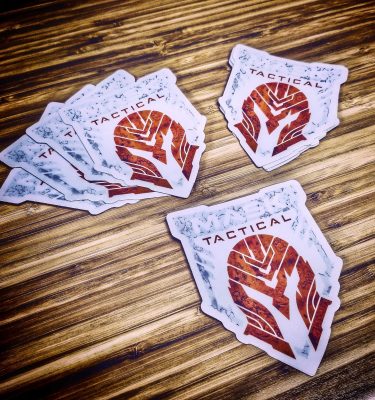

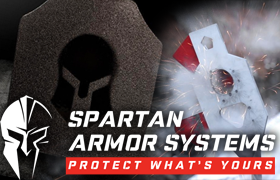

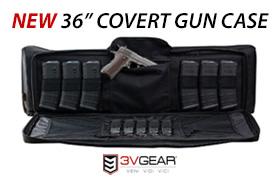




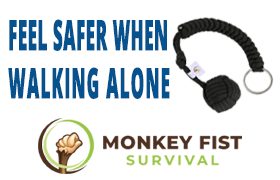


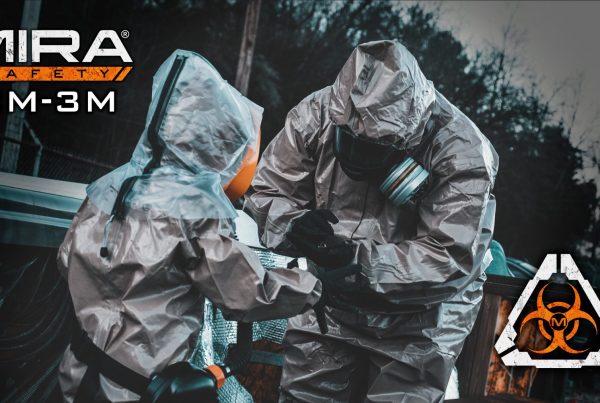


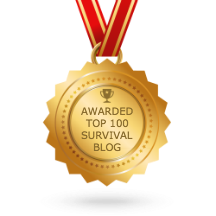
Thanks for the informative article.
I found this article on B.O.B to be very informative the only thing that can add some more to it is what about if the person that would like to build his own b.o.b is financially hurting or if the person has some type of disability but is still able to get around.
My husband and I live off a strick budget we have a lot of access to MREs and other stuff but we built one for my sister that she has went with us and made it fine we got everything from Wal-Mart and army surplus stores for less than a hundred bucks. Like the man says a big out bag is not ment for long term survival so pack cheap and pack light email my husband I’m sure he would be willing to help u out good luck
me valuable information. As a former narcotics agent I have spent a lot of time in the woods watching dope grow and waiting on assholes to come tend to their plants. This is the most boring thing on earth. It’s not essential but I would also recommend something to entertain yourself with like a couple of thick paperbacks. Keeps you occupied and depending on your choice could be very informative. Books such as military survival guide or Ranger survival guide and once you’ve read them a dozen times they can be helpful to start a fire or wipe your ass and they don’t take a lot of room and they are extremely informative particularly on plants to eat and things that are poison. Plus keeping your brain working and building confidence is far superior to lying there for 24 hours considering all of the horrible things that may confront you. It’s just good to keep your brain busy once you have established the essentials. Fire, shelter, water and hopefully food source.
Many GREAT Ideas here. I also have a 2nd Bug Out Bag designed for Communications Emergencies. I carry a small lightweight Ham Radio (Licensed Ham) and a small compact CB Radio and unfortunately would have only about 12 hours of external batteries and then would have to find a 12 V power source. I am hearing a lot od Preppers are using the small Camp Walkie Talkies and I personally have heard a number of others on there currently so thinking they may carry these with them. Short range. For longer range I have a CB that will work for 10-20 miles. Then I have a small Ham Walkie that can reach further PLUS a Ham Radio in my Van. My wife and I volunteer with a ARES (Amateur Radio Emergency Services) and use this equipment/Bug Out Bag, often. There will be times you will need to communicate with others either in your own group or to find out what’s going on around you. The total weight of the Comms. Bug Out Bag is only 11 lbs and that includes a DR-DIPOLE.COM antenna and 50′ of coax! This is not in place of but in addition to my Main BOB with most items indicated in the above article. Good luck my friends. I hope we never have to use them for the reasons we are preparing them…
MREs are great, but I’d ratfuck them if I were you. There’s a lot of unnecessary space in them, and a lot of waste to be made. You can take a lot of stuff out of the packaging and cardboard, eliminating weight and waste.
For sure. We always did this in the infantry. Every ounce and inch counts!